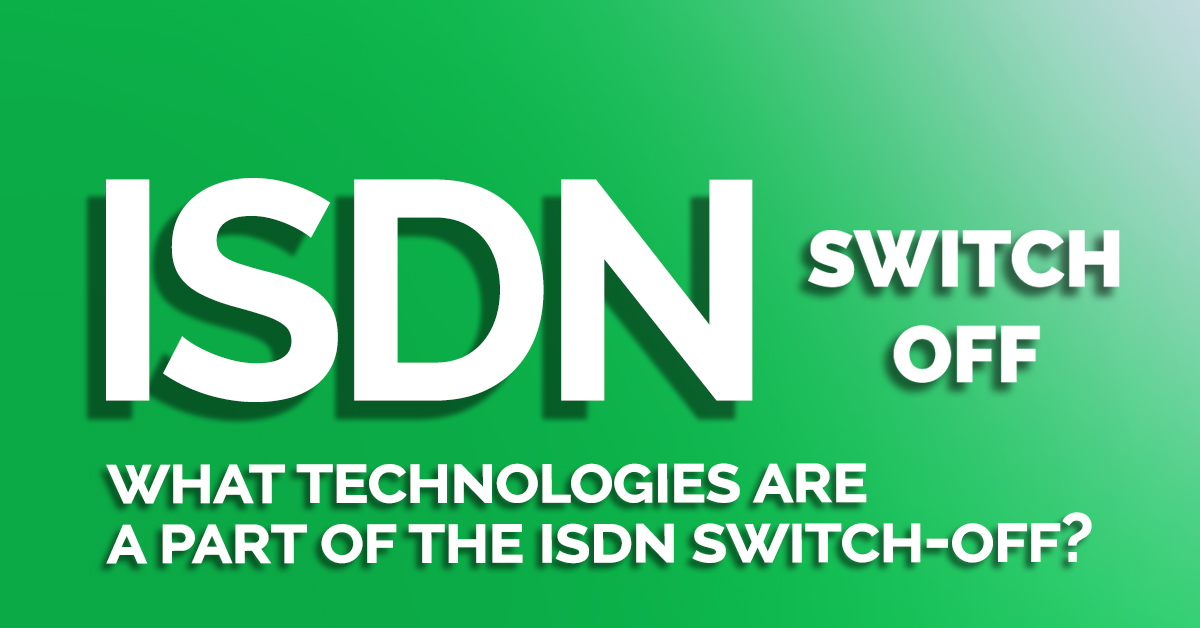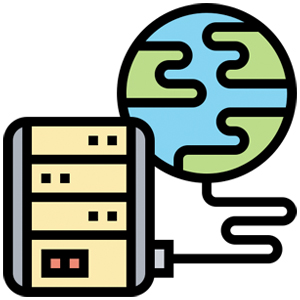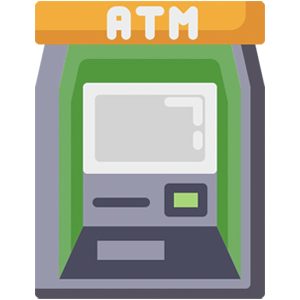What Technologies Are A Part Of The ISDN Switch Off
The UK is undergoing a Digital Transformation and with the upcoming ISDN switch off, organisations are migrating to the new technologies.
But what exactly will be switched off as a part of the ISDN & PSTN switch off? Let’s have a look at the technologies that no longer will be functional after the final switch off in 2025.

What Is ISDN & PSTN?
Let’s keep this short and simple, ISDN stands for Integrated Services Digital Network. Essentially, it’s a set of communication standards used to transmit data, voice and other network services over the circuit of the traditional PSTN.
PSTN, is short for Public Switched Telephone Network. PSTN is the world’s collection of interconnected voice-oriented public telephone networks. It compromises all the switched telephone networks around the world that are operated by local, national or international carriers. Essentially it consists of underground copper wires, a network that has provided businesses and households with a reliable means to communicate with anyone for decades.
None of these technologies are digital – which leads to the upcoming switch off.
Why Should You Prepare For The Switch Off?
You might think, ‘how does this apply to me?‘
But really, it does and in way more ways than you might think. Everyday activities you do such as purchasing something from a store using card payments or even using your door entry system for your house – these technologies will all be affected by the Switch Off.
To break this down, let’s talk about a couple different technologies which will be affected by the ISDN and PSTN Switch Off!
Phone Line
ISDN phone lines will ALL be switched off over the coming years – they operate on the PSTN network (Public Switched Telephone Network) which will be switched off at the same time.
Organisations using ISDN phone systems are therefore moving onto Hosted VoIP systems instead, that will future proof their organisations. VoIP operates entirely online, which means there won’t be any costly set-up fee or expensive equipment involved. It also allows your organisation for a much more flexible working environment where employees are not bound to be by their desk phones at all times.
Broadband
The second part of the switch off is your broadband! If you currently use ADSL or FTTC services, those will also be switched off in 2025 at the absolute latest. FTTC and ADSL is running on the The PSTN lines which have been in place since the early 19th century! It’s safe to say, they are finally getting the upgrade they deserve and going full fibre.
To replace it, the UK is now moving onto full fibre, which 85% of the country will have available before we reach the end of 2025.
For the best speeds, you will most likely move onto a FTTP ( Fibre to the Cabinet) solution instead. Read more about FTTP here, and how if is different from FTTC.

Door Entry Systems
If your door entry system has been installed in the last five years, there’s a chance it might already be digital, and not running on ISDN lines. However, you always want to checks you are not caught by surprise when 2025 comes!
Imagine your system stopped working and you no longer had a secure premise, it would put you and others in danger! This will impact you, your business and your family if the transition isn’t made.
If your system is not digital, an option could be to update the system entirely, or alternatively, you can upgrade the system by switching it to an IP mode. This can only work on certain technology, so it might not be the fix for everyone.
Alarms
How many alarms do you come across in your day-to-day?
- House alarm?
- Office alarms?
- Fire alarms?
These are all dependent on the PSTN network, and will affected by the Switch Off. Imagine the consequences of these not working, and the switch off all of sudden doesn’t seem to be far away!
It also shows just how many technologies, businesses and consumers that will have to amend their day-to-day setup sooner rather than later to be able to maintain continuity through the switch off.

Lift Emergency Lines
How drastic would the backlash be if your lift emergency lines were to stop working? You got that right – many lifts also run on the PSTN network.
All buildings that have a lift installed must have a full fire line installed to see these functional ones the switch off happens in your area. FTTP is the perfect replacement, but the bigger the building you have, now is the time if a leased line is a better and more future proof option for you.
Leased lines can be installed with different data requirements and is the most secure connectivity solution you can get.
Payment Terminals
You wouldn’t think it but payment terminals are run on PSTN lines too!
We all know the pain of being in a store where the payment system is down, could you imagine that happening for days, weeks or months? No business dependent on payment terminals would want to be in that situation.
Once again, the solution is to move your premises to a full fibre solution. FTTP or Leased Lines can be installed in your building, for which the payment terminals can run on after the switch off.
Cash Machines

Although cash are used less, cash machines still plays a vital part. With that in mind could you imagine if they stopped working after the Switch Off?
Even though paying by card has become more popular in recent years, cash is still a very real thing people still use and yes, you guessed it, cash machines run on PSTN lines.
Therefore, if they are not changed to a fibre line, they will stop being functional. Many would not know it is going to be affected by the Switch Off in 2025, and that they have to me migrated to full fibre connectivity too.
What you need to do!
That is just some of the technologies that will be switched off in the coming years – and some of them have started already!
How many of them did you know about?
Although, the final switch off is still a few years away, it has gradually started area by area. So, now is really the time to make sure you have a roadmap ready and the migration to start. Dependent on the amount of end-of-life technologies you are reliant on, the migration can be a longer process.
We are here to guide you through the digital transformation, and make sure you maintain business continuity at all times.
Fill out the form beneath and we will help you start the process.
